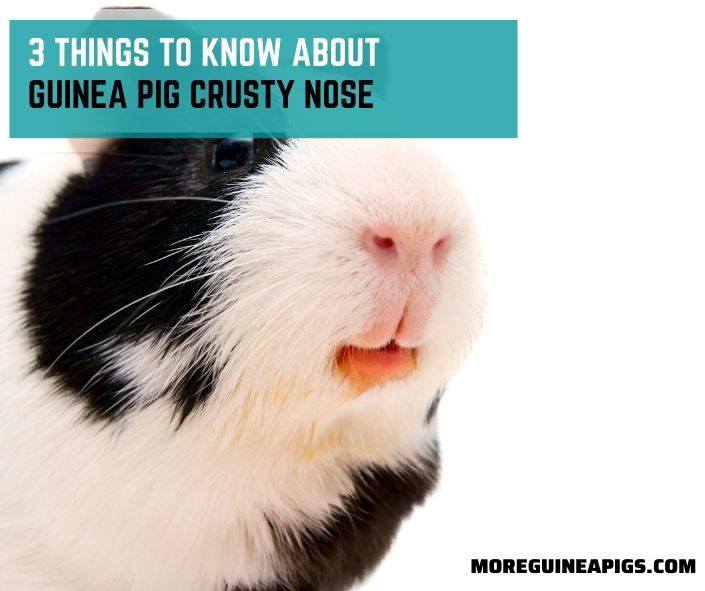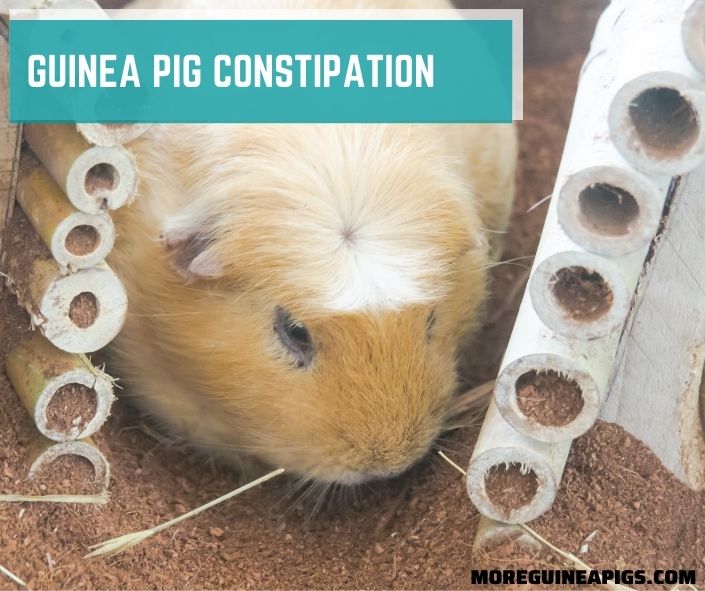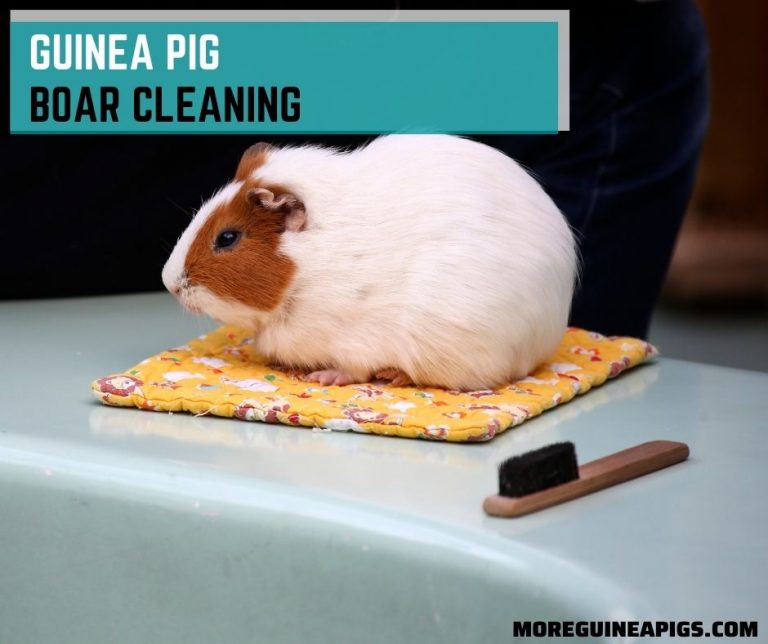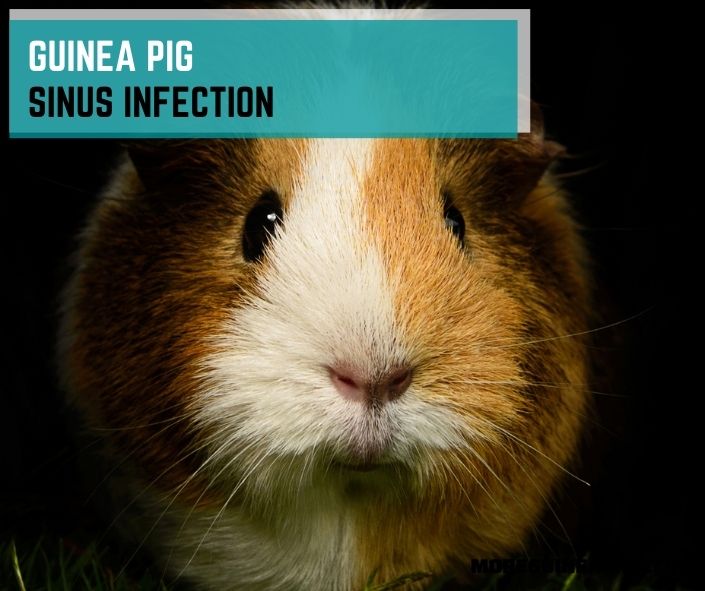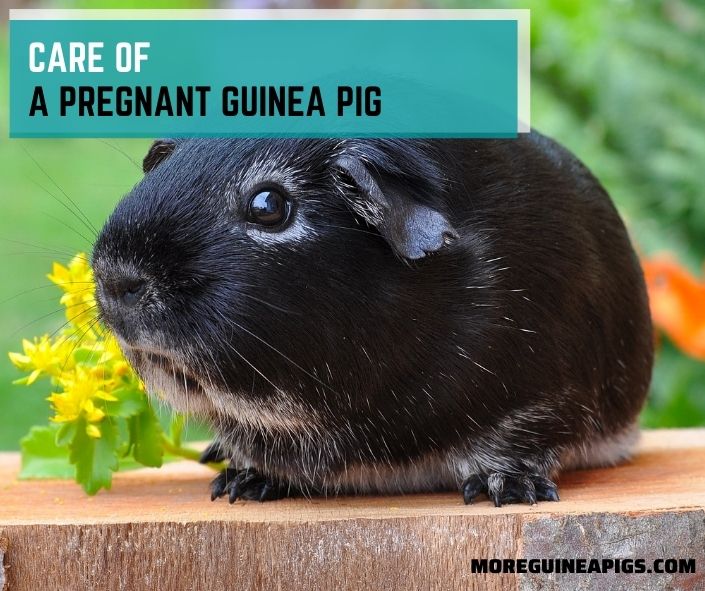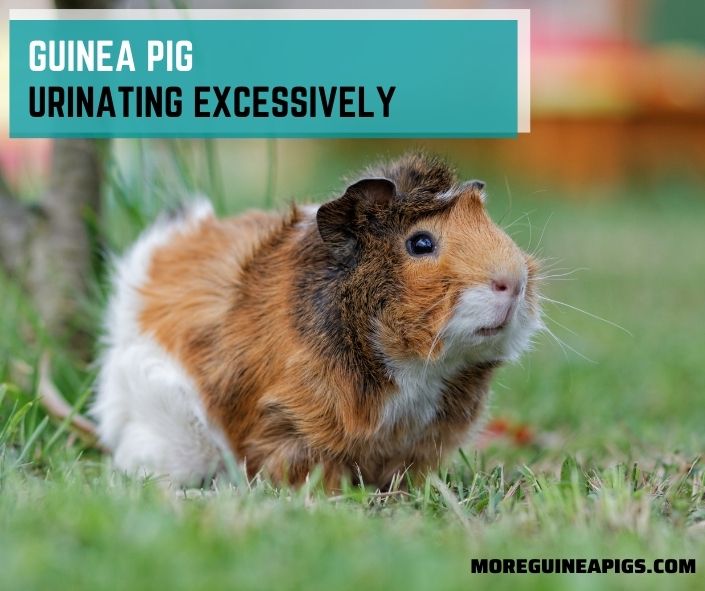3 Things To Know About Guinea Pig Crusty Nose
Most pet lovers are enthusiastic about guinea pigs. Their playful behavior, friendly, docile, less noisy, and entertaining nature can make your bad day fun.
Despite the feeling brought by guinea pigs, you are also eager to know more about their health and well-being. One of the common challenges these pets face is nose crustiness.
In the article, I will enlighten you more about the crusty nose, whether it is normal if it’s a good sign of a healthy guinea pig and what to do should it appear in your guinea pigs.
What To Know About Guinea Pig Crusty Nose
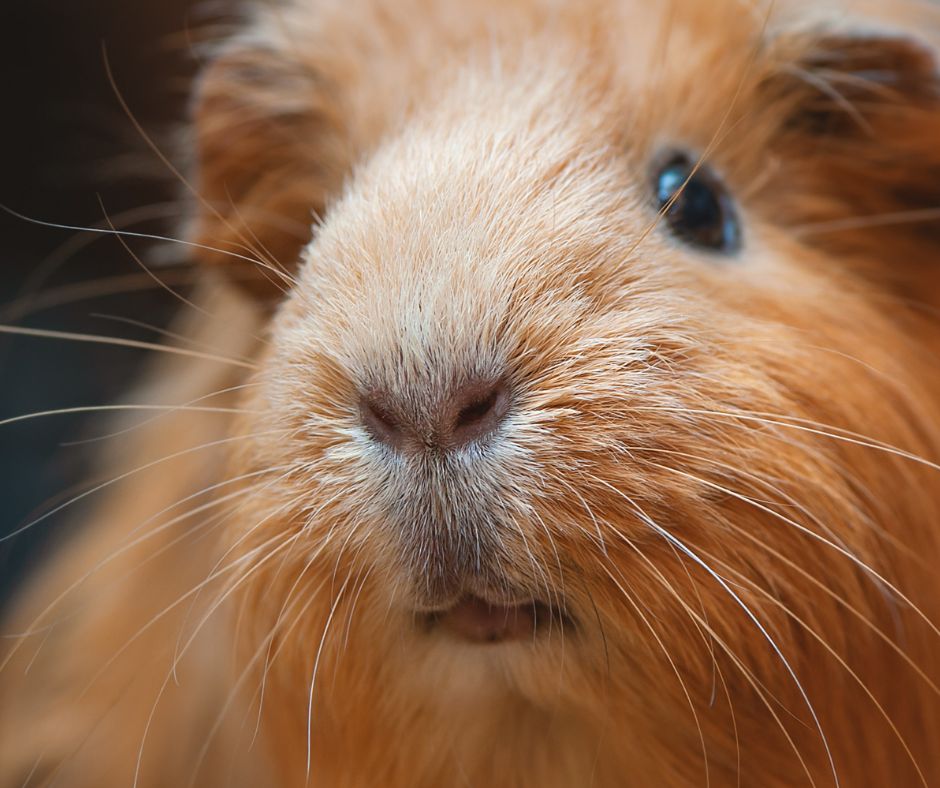
Your guinea pig having crustiness around its nose can make you worry. Some piggies will act completely normal, while others appear ill and uncomfortable. The behaviors for each pet will be different.
Guinea pigs can easily become sick. Their susceptibility to infection depends on age, immunity, diet, etc. These piggies are susceptible to URI and can be life-threatening if left untreated.
If a crusty nose only appears occasionally and has no other symptoms, owners do not need to worry. Whitish crust and dried clear fluid may be from an irritation in the nose; it could be from hay dust or pollen or a piece of hay.
However, Crusts emerging from a thick yellow or green mucus you need to see your vet right away because it’s a sign of upper respiratory infection
Below are the three critical things to know about the crusty nose in guinea pigs. See if it’s contagious or not!
It is Normal If It Happens Occasionally
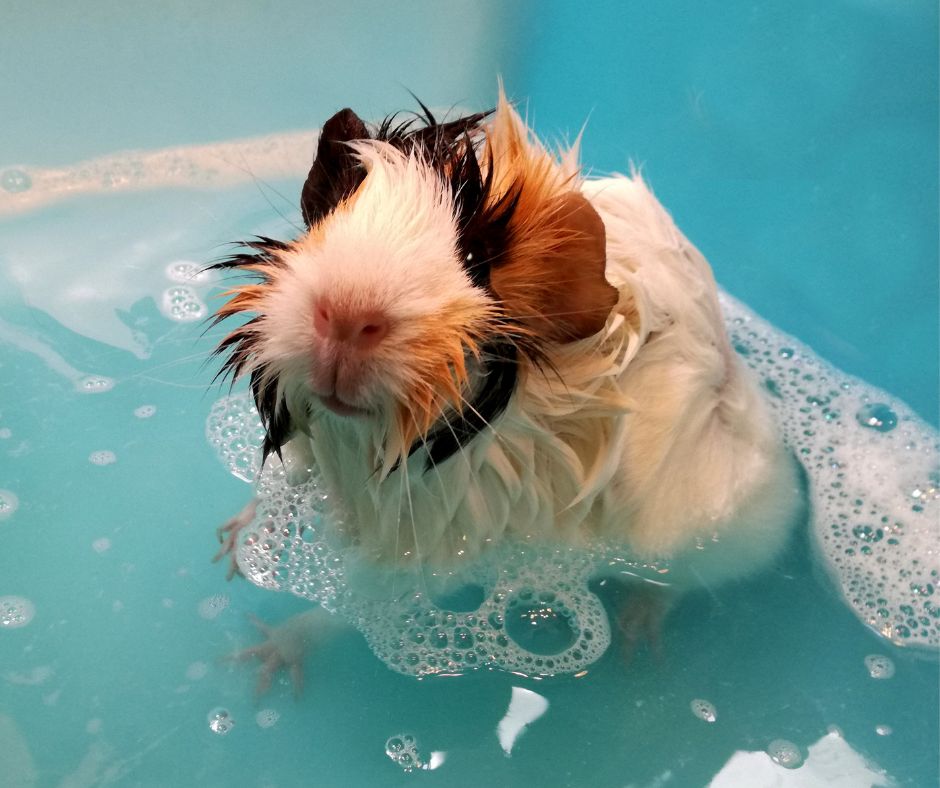
When you show tender care to your guinea pig, you will always ensure that it has a clean and dry nose. A slightly moist nose in guinea pigs is often not a big concern. It’s mainly associated with sneezing or allergies.
However, the presence of a crusty nose, whether mild or constantly recurring, indicates that something is amiss and you need to help your pet.
These pet piggies often sneeze to clear their nose after they have had a bath, and that’s not a problem.
Likewise, the occasional sneeze with no health issues shouldn’t make you worry. Your pet is trying to remove irritation in the nose, and the behavior should cease in a few hours.
Cases, where crustiness disappears but reappears after some time could mean that your pig has URI. It’s best to see your vet.
Irritation In the Nose
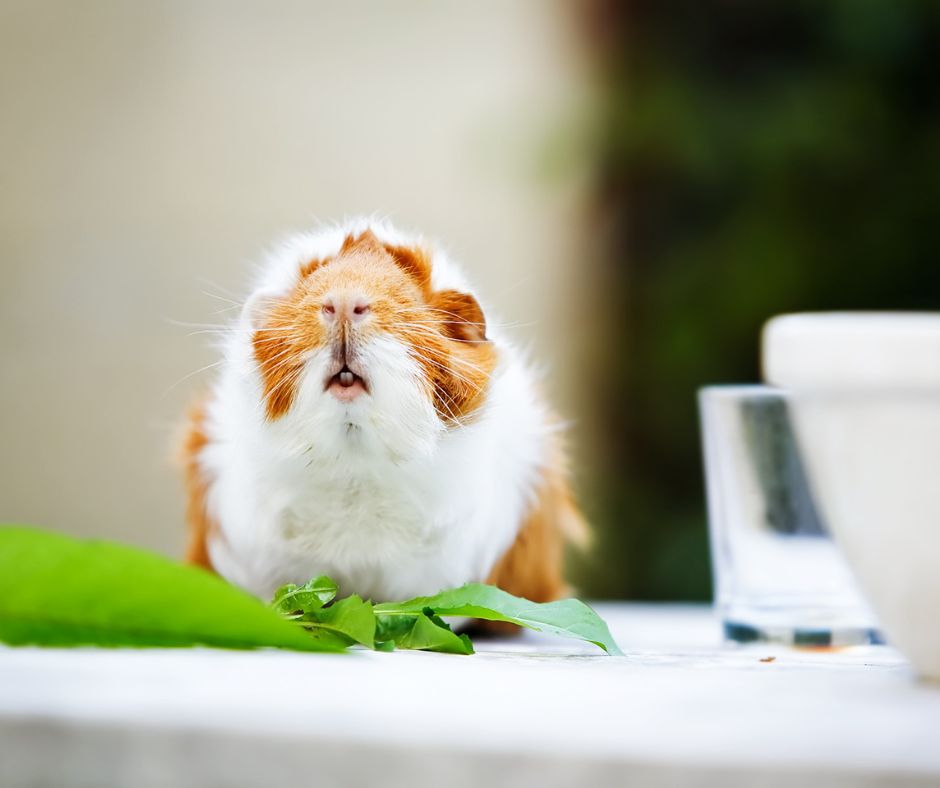
Many signs will help you know when something is seriously wrong with your pet piggy. Alongside unusual sneezing, other signs to look out for if there is an irritant include nasal discharge, coughing, loss of appetite, unusual aggression, and lack of energy.
Guinea pigs can sneeze excessively to remove an irritant in the nose. Dust, perfume, wood shavings, smoke, and hay are the real culprits.
A dry condition, dusty beddings, stress, allergens (e.g., room sprays and washing detergents) will also cause a guinea pig to sneeze a lot.
As the saying goes, “prevention is better than cure”. Protecting your guinea pig is crucial if you want to fight irritants.
A couple of things will help reduce or address your pet’s irritated nose, including providing clean and high-quality beddings, cleaning the cage more often, keeping your piggy dry, proper feeding, and ensuring the cage is well-ventilated.
You will also want to keep your pig away from potential irritants; sometimes, it could be your perfume, an ingredient in the food, among others.
Calymmny Hamster Bath Sand Cleaning Potty Litter Sand Dust Bathing
First Signs of Upper Respiratory Infection
Lethal and severe infection of the respiratory system like the Upper tract will make your guinea pig appear weak, refuse to eat or drink, has thick yellow or green mucus discharge, dull, lose weight, experience dyspnea and abnormal breathing pattern.
URI is mainly caused by fecal bacteria that penetrate the susceptible throat region. After that, your guinea pig becomes infectious and spreads the disease to the other pets.
Luckily, when you notice your friend sneezes a lot, you need to accompany it to the nearest vet for health checkups since that is the primary sign of URI.
The URI is treated via broad-spectrum antibiotics such as enrofloxacin and chloramphenicol palmitate. Your vet will advise you on administering the antibiotics until your guinea pig recovers.
Tip: Untreated URI is very contagious. A sick guinea pig can quickly spread the infection to its cage mates. And that means that all the affected piggies may have a crusty nose.
Do You Need to Worry About Guinea Pig Crusty Nose?
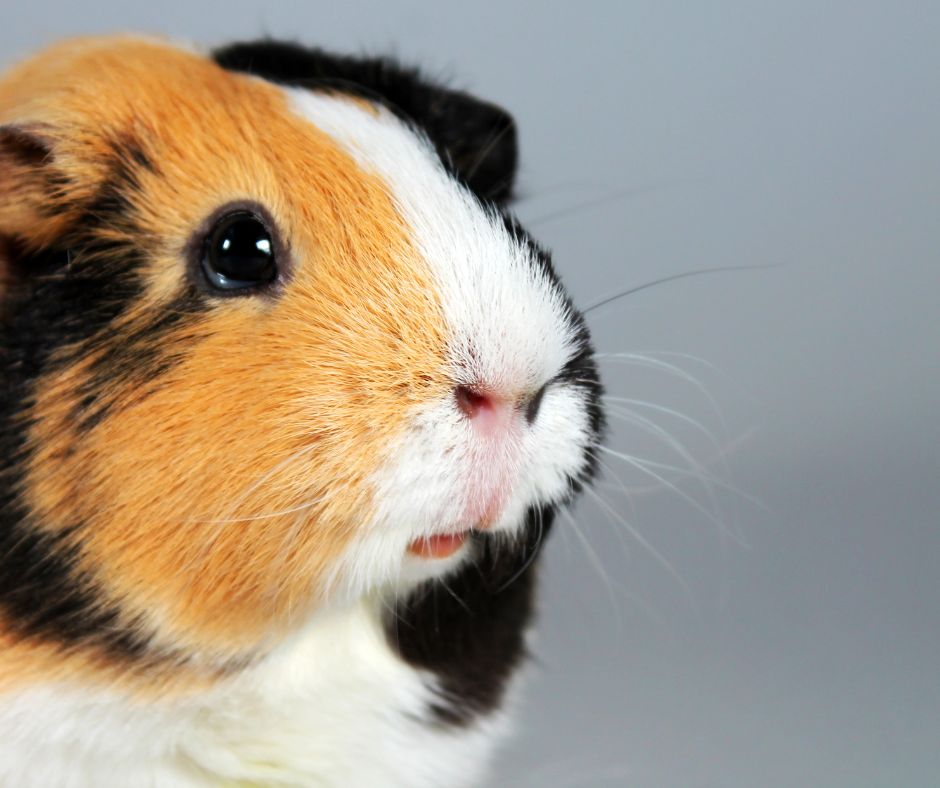
What is the feeling when you have a slight cut on your skin or even pinch your skin! Won’t you feel the pain? If yes, that is the feeling and emotions you will have when your beloved piggy appears unwell.
You should notice the behavioral patterns of your guinea pig so that you are aware of when it is ill; for instance, when it has refused to eat or drink, it is less playful and looks dull.
A crusty nose alone is enough to make you reach out to your vet. After that, the vet will advise you accordingly, whether the pet needs medication or not.
If a crusty nose reappears often, you should isolate the infected pig from the healthy ones. As a thumbs rule, better you lose your little finger than your whole arm!
It’s possible to own a guinea pig for years, and it doesn’t get sick at all or show any health complications. The secret is to feed your pet a balanced diet. Also, always keep the pig in a clean cage.
In Summary
To sum up, the guinea pig is a docile, friendly, less noisy and friendly animal to be a pet. Always remember to clean its nose and maintain hygiene to ensure it has a clean and dry nose to prevent irritations and Upper Respiratory Infection.
URI can be infectious or non-infectious, but protection is necessary to be on the safe side with your guinea pig.
Note that if your piggy sneezes 2-4 times a day, it’s very normal and healthy. The only time to worry is when you notice persistent sneezing several times per hour for an extended period. The presence of mucus crusts needs you also to see the vet.
